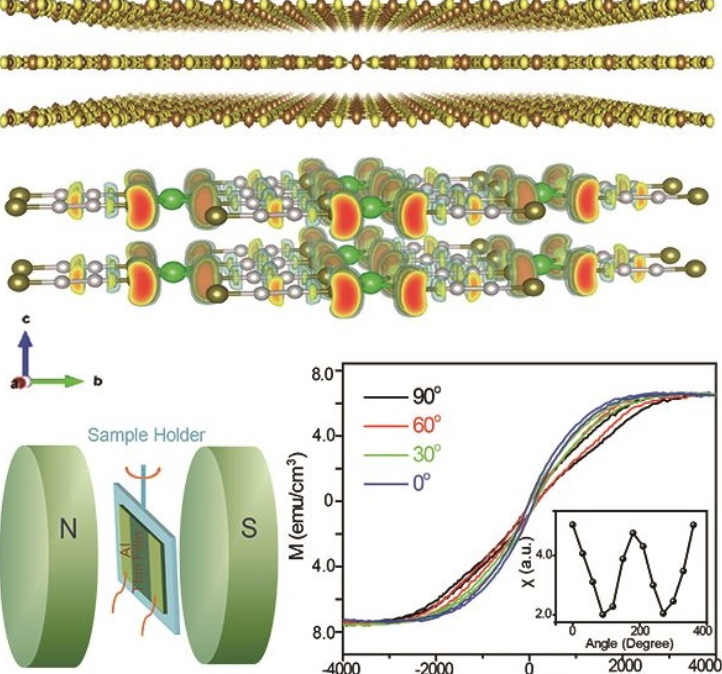UConn chemists Islam Mosa and Professor James Rusling have developed a sensor that could detect pressure, temperature, and vibration when placed on skin.
The sensor and silicone tube are wrapped in copper wire and filled with an iron oxide nanoparticle fluid, which creates an electric current. The copper wire detects the current. When the tube experiences pressure, the nanoparticles move and electric signal changes.
Sound waves also create waves in the fluid, and the signal changes differently than when the tube is bumped.
Magnetic fields were found to alter the signal differently than from pressure or sound waves. The team could distinguish between the signals caused by walking, running, jumping, and swimming.
The researcher’s goals are to help burn victims “feel” again, and to provide early warning for workers exposed to high magnetic fields. The waterproof sensor could also serve as a pool-depth monitoring wearable for children.
Join ApplySci at the 10th Wearable Tech + Digital Health + Neurotech Silicon Valley conference on February 21-22 at Stanford University — Featuring: Zhenan Bao – Christof Koch – Vinod Khosla – Walter Greenleaf – Nathan Intrator – John Mattison – David Eagleman – Unity Stoakes – Shahin Farshchi – Emmanuel Mignot – Michael Snyder – Joe Wang – Josh Duyan – Aviad Hai – Anne Andrews – Tan Le – Anima Anandkumar – Pierrick Arnal – Shea Balish – Kareem Ayyad – Mehran Talebinejad – Liam Kaufman – Scott Barclay – Tracy Laabs – George Kouvas
